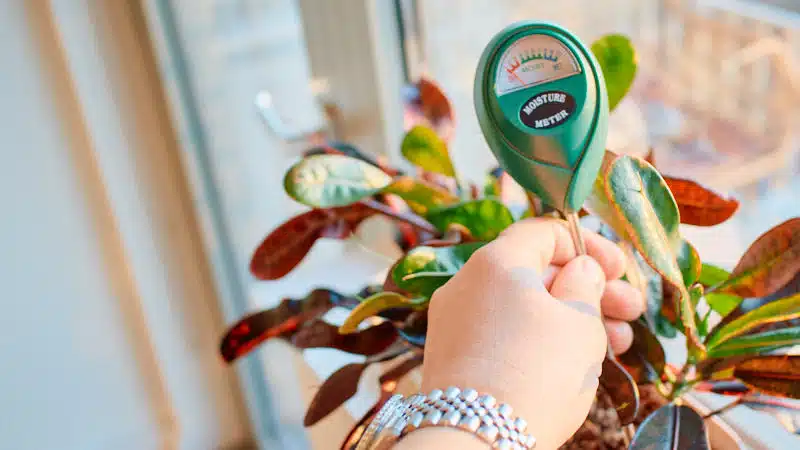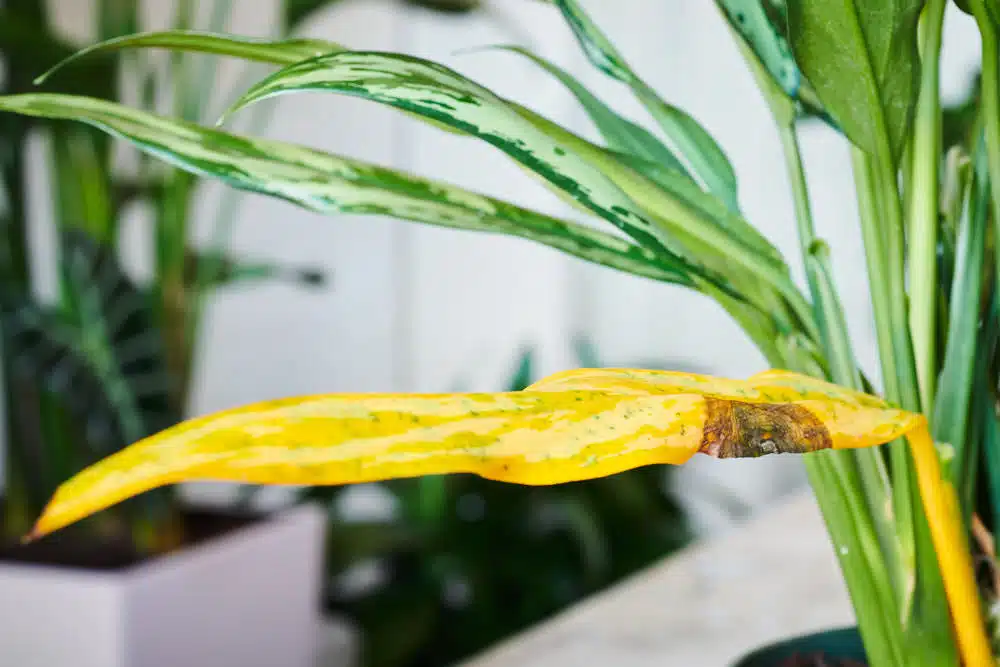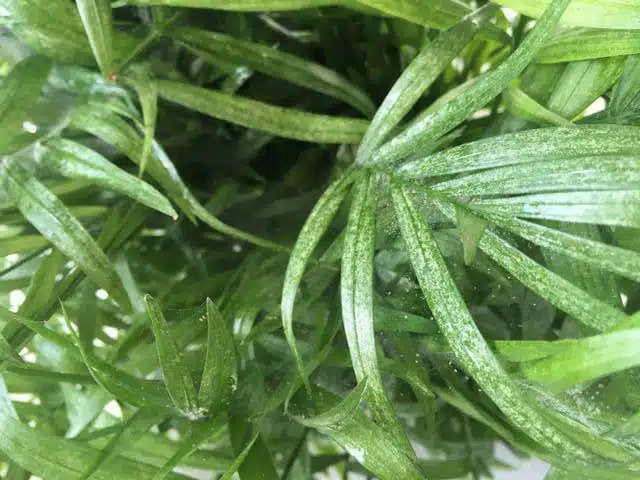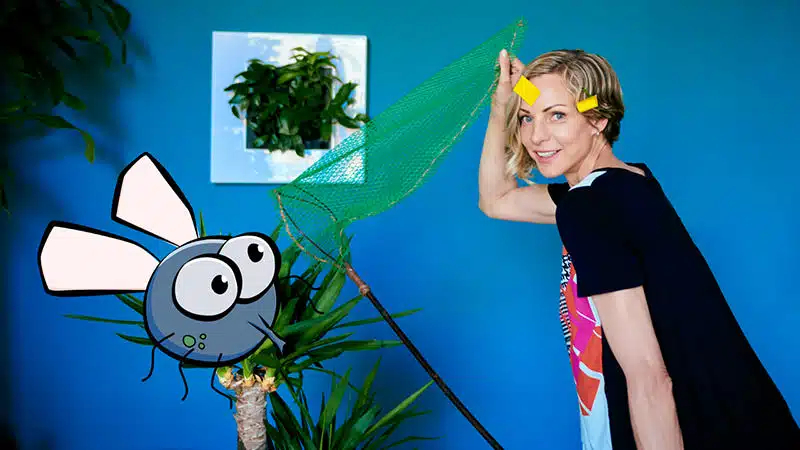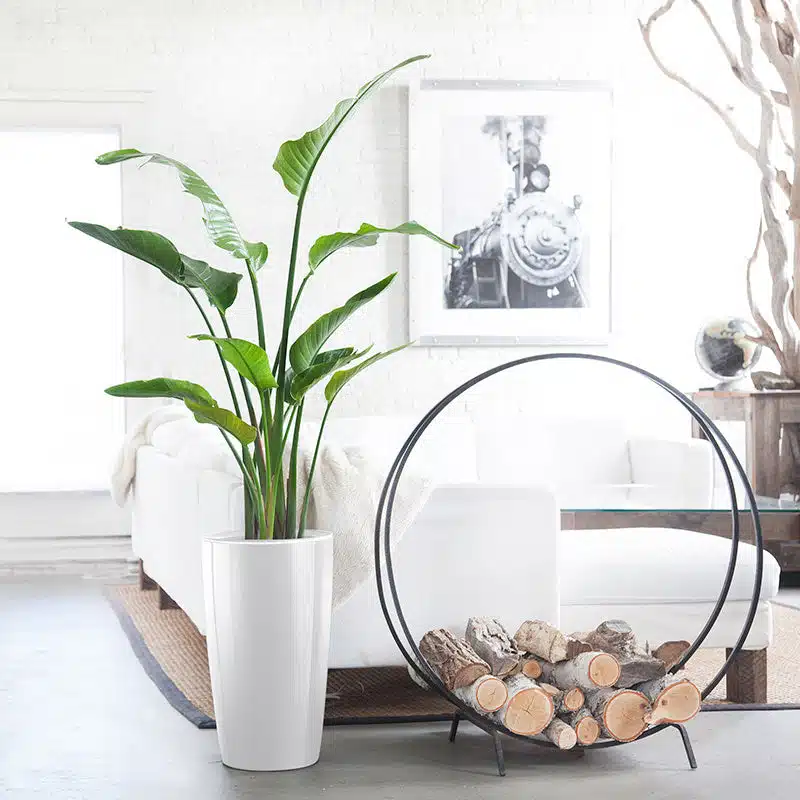⚡ Quick Answer
To support a rubber plant’s stems, use stakes and soft ties to prop up heavy branches, and prune when necessary to encourage stronger growth.
If you’ve noticed your rubber plant leaning or falling over, don’t fret! In this guide, I will walk you through the essential steps on how to support rubber plant stems effectively. A Rubber plant, known for its glossy leaves and impressive height, can sometimes become unstable as it grows. Whether it’s due to weak stems or improper positioning, we’ve got you covered. Let’s dive in and ensure your rubber plant stands tall and proud!
Step 1: Assess the Situation 🌿
Before you take action, it’s crucial to assess the condition of your Rubber plant. Check if the stems are leaning, falling, or struggling to support the weight of the leaves. This initial inspection will guide your next steps. Take note of how many stems need support and the extent of their leaning.
Step 2: Gather Your Supplies 🛠️
To support Rubber plant stems, you’ll need a few essential tools. Here’s what you should gather:
- Bamboo sticks: These will act as the primary support for your Rubber plant.
- Garden tape or raffia: Soft materials are ideal for securing the stems to the supports without causing damage.
- Pruning shears: For cutting the bamboo sticks to the desired height.
Make sure to avoid using wires, as they can harm the plant as it grows. Now that you have everything ready, let’s move on to the next step!
Step 3: Prepare the Bamboo Sticks ✂️

Take your bamboo sticks and cut them at a sharp angle. This will allow for better insertion into the soil. The sharper angle helps the stick penetrate deeper, providing more stability for your Rubber plant.
Once you have prepared the sticks, it’s time to insert them into the potting soil. Aim to place them as deep as possible behind the leaning stem. This positioning will help provide the best support.
Step 4: Straighten the Stem 🌳

Now comes the crucial part: gently grabbing the leaning stem and straightening it up. Be careful during this process; the goal is to avoid snapping the stem while ensuring it is upright. Once the stem is straightened, you’re ready to secure it!
Step 5: Secure the Stem to the Bamboo Stick 🔗

Using either raffia or soft garden tape, secure the Rubber plant stem to the bamboo stick. It’s important to do this in multiple places along the stem to ensure it remains as straight as possible. Here’s how to do it:
- Start at the base of the stem and wrap the tape or raffia around it and the bamboo stick.
- Move up the stem, adding another tie about halfway up.
- Finally, secure the top of the stem to the stick. This will provide the necessary support as it continues to grow.
Make sure to avoid tightening the tape too much; you want the plant to have room to grow without restriction.
Step 6: Trim the Bamboo Sticks ✨

After securing the stem, take a moment to trim the top of the bamboo sticks. You want to cut them so they are not too tall, allowing for a neat appearance in your plant display. This step is purely aesthetic but contributes to the overall look of your plant.
Step 7: Monitor Your Plant 🌼
After supporting your rubber plant, keep an eye on it for the next few weeks. Check if the stems are holding their position and if the plant appears to be thriving. If you notice any signs of stress or further leaning, you may need to adjust your support or add additional stakes.
FAQs about Supporting Rubber Plant Stems ❓
What materials can I use to support my rubber plant?
The best materials for support are bamboo sticks, stakes, and soft garden tape or raffia. Avoid using wires or harsh materials that could damage the plant.
How often should I check the support on my rubber plant?
It’s good practice to check your rubber plant every few weeks, especially after the initial support has been added, to ensure it remains upright and healthy.
Can I use this method for other plants?
Yes, this method can be applied to various plants that may need extra support, such as tall houseplants or those with weak stems.
What if my rubber plant is still leaning after supporting it?
If your rubber plant continues to lean, reassess the amount of support you provided. You may need to add additional stakes or adjust the current ones for better stability.
Is it necessary to support my rubber plant?
While it’s not always necessary, supporting a rubber plant helps prevent damage to the stems and allows for healthier growth. A well-supported plant can thrive better and look more attractive.
By following these steps on how to support rubber plant stems, you can ensure your plant remains upright and healthy. Remember to be gentle during the process and monitor your plant’s progress. Happy planting!
More Rubber Plant Care Tips:




